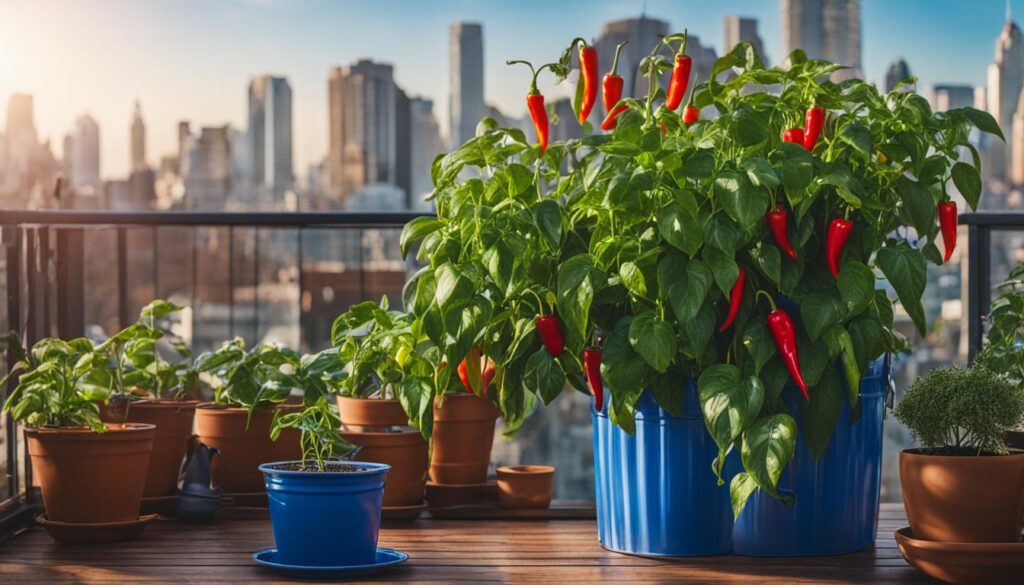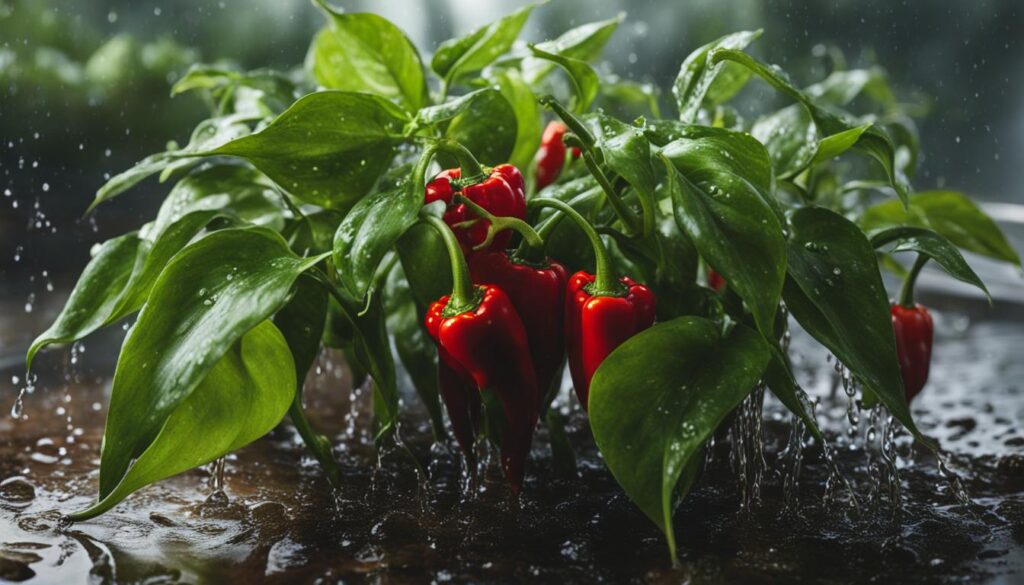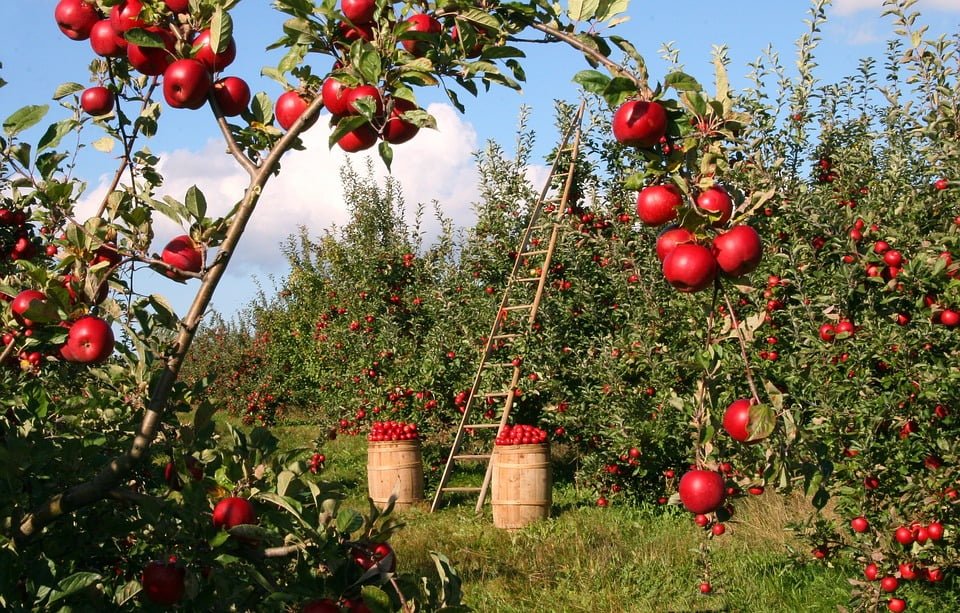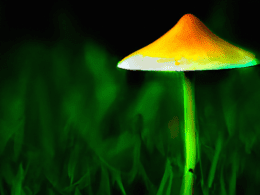Proper watering is crucial for the optimal growth and health of pepper plants. Understanding the water requirements of your pepper plants is essential to ensure their well-being and productivity.
Pepper plants have specific water needs to thrive and produce a bountiful harvest. It’s important to strike the right balance between providing enough moisture and avoiding overwatering, which can lead to yellow leaves and poor plant health.
Post Summary
- Pepper plants should be allowed to dry out between waterings to avoid soggy soil.
- The frequency of watering depends on weather conditions and the type of container or pot the plants are grown in.
- Watering requirements may vary for pepper plants grown in containers versus those grown in the ground.
- Less water can result in hotter peppers with more flavor.
- Overwatering can lead to yellow leaves, wilting, and stunted growth.
Watering Pepper Plants in Containers
Growing pepper plants in containers can be a convenient and space-saving option for both indoor and outdoor gardening. However, proper watering is essential to ensure the health and productivity of container-grown peppers. When it comes to watering frequency, there are a few factors to consider.
Factors to Consider for Watering Frequency
The frequency of watering container-grown pepper plants depends on their location. For indoor plants, the responsibility of providing water lies solely with the gardener. Since the container restricts the roots’ access to underground moisture, it’s important to water indoor pepper plants daily to maintain proper hydration.
Outdoor container plants, on the other hand, may receive some moisture from rainfall. However, it’s still necessary to monitor the soil moisture and adjust the watering accordingly. The weather patterns in your area will determine how often you need to water your outdoor container peppers. During dry spells or hot summer days, you may need to water them more frequently.
“Drip irrigation can be an efficient watering method for containers, ensuring consistent moisture and preventing under-watering.”
Efficient Watering Methods for Containers
To ensure consistent moisture for container-grown pepper plants, consider using drip irrigation. This method delivers water directly to the root zone, preventing both overwatering and under-watering. Drip irrigation systems can be set on timers, making it convenient to maintain the optimal moisture level for your peppers.
Additionally, it’s important to ensure proper drainage for your containers. Excess water can lead to waterlogged roots, causing root rot and other issues. Choose containers with drainage holes and use a well-draining soil mix to avoid the accumulation of excess water. If your container doesn’t have drainage holes, you can create them yourself by drilling or puncturing the bottom.
“Remember to monitor the soil moisture and adjust watering according to your plant’s needs.”
Table 2: Recommended Watering Frequency for Container-Grown Pepper Plants
| Weather Conditions | Watering Frequency |
|---|---|
| Indoor or hot/dry outdoor weather | Once per day |
| Moderate outdoor weather | Every 2-3 days |
| Cool or spring/fall weather | Every 2-3 days or as needed |
By following these guidelines and paying attention to the needs of your container-grown pepper plants, you can ensure they receive the optimal amount of water for healthy growth and abundant harvests.
Watering Pepper Plants in the Ground
When it comes to watering pepper plants in the ground, there are a few key considerations to keep in mind. One of the advantages of growing peppers in the ground, particularly in raised beds, is that they require less water compared to plants in containers. This is because the soil in raised beds tends to retain moisture better, reducing the need for frequent watering.
It is generally recommended to water pepper plants in the ground once a week, depending on local weather conditions. However, some experts suggest watering even less frequently, allowing the soil to dry out between waterings. This strategy can encourage deep root growth and make the plants more resilient to drought. To determine if it’s time to water, check the top inch of soil for dryness. If it’s still moist, hold off on watering.
Overwatering is a common risk when it comes to watering pepper plants in the ground. Excessive water can lead to poor plant health, yellow leaves, and even death. To avoid overwatering, it’s important to ensure that the soil has proper drainage. If water tends to collect around the roots, consider amending the soil with compost or organic matter to improve drainage. A well-draining soil mix can also be used when planting peppers directly in the ground.
Watering Schedule for Pepper Plants in Raised Beds
| Week | Watering Frequency | Notes |
|---|---|---|
| 1 | Water once | Monitor soil moisture |
| 2 | Water once | Check top inch of soil |
| 3 | Skip watering | Allow soil to dry out |
| 4 | Water once | Observe plant health |
By following these watering guidelines, you can help ensure the health and productivity of your pepper plants in the ground. Remember to adjust the watering schedule based on local weather conditions and to watch for signs of overwatering. With proper care, your pepper plants will thrive and reward you with a bountiful harvest.
Effects of Watering on Pepper Plant Heat
The amount of water a pepper plant receives can have a significant impact on the heat level of the peppers it produces. This is due to the presence of capsaicin, the compound responsible for the spicy flavor of hot peppers. When pepper plants receive less water, they tend to produce higher levels of capsaicin, resulting in hotter and spicier peppers.
In addition to increasing the heat, growing peppers with less water can also enhance the flavor of the peppers. The reduced water availability stresses the plants, leading to the production of more concentrated flavors. This is especially true for hot peppers, where the intensity of the flavor is a desirable characteristic for many chili enthusiasts.
Some experienced hot pepper growers even recommend stressing the plants by allowing them to dry out slightly until the leaves start to wilt before watering again. This technique is believed to further boost capsaicin production, resulting in even hotter peppers. However, it’s important to note that excessive water deprivation can cause excessive stress to the plants, leading to reduced fruit production.
| Watering Frequency | Capsaicin Content | Pepper Heat Level | Flavor Intensity |
|---|---|---|---|
| Regular watering | Lower | Mild | Moderate |
| Less frequent watering | Higher | Hot | Intense |
| Stressed watering | Even higher | Very hot | Highly intense |
Signs of Overwatering and How to Fix It
Overwatering can have detrimental effects on pepper plants, leading to yellow leaves, wilting, and overall poor health. It is essential to be able to recognize the signs of overwatering and take the necessary steps to fix the issue. One of the most noticeable signs of overwatering is yellowing leaves, which may also become soft and mushy. Additionally, the plants may appear wilted despite the presence of water in the soil. These symptoms indicate that the roots are being suffocated due to excess moisture, inhibiting their ability to absorb nutrients and leading to poor plant health.
To fix overwatered pepper plants, the first step is to stop watering immediately. Allowing the soil to dry out is crucial to prevent further damage. It is important to check the soil moisture regularly by inserting a finger into the soil to a depth of about an inch. If the soil feels damp or wet, it is best to wait until it dries out before watering again. Ensuring proper drainage is essential to prevent waterlogging. If the pepper plants are grown in containers, make sure they have drainage holes in the bottom and use a well-draining soil mix. If the plants are in the ground, consider adding compost to improve drainage and prevent water accumulation.
In cases where the plants are severely overwatered and showing signs of wilting, it may be beneficial to temporarily move them to a shaded area. This will help reduce stress on the plants and promote recovery. However, it is important to keep in mind that overwatering can have long-lasting effects on the health of the pepper plants and may result in reduced fruit production. Therefore, it is crucial to maintain proper watering practices to ensure the optimal growth and productivity of pepper plants.
Summary:
- Signs of overwatering in pepper plants include yellowing leaves, wilting, and poor overall health.
- To fix overwatered plants, stop watering immediately and allow the soil to dry out.
- Ensure proper drainage in containers and consider adding compost to improve it in ground-grown plants.
- Moving overwatered plants to a shaded area temporarily can help them recover.
- Overwatering can have long-lasting effects on plant health, so it’s important to avoid excessive watering.
Table:
| Signs of Overwatering | How to Fix It |
|---|---|
| Yellowing leaves | Stop watering, allow soil to dry out, ensure proper drainage |
| Wilting despite presence of water | Check soil moisture, wait for it to dry out before watering again, consider moving plants to a shaded area temporarily |
| Poor overall health | Monitor watering practices, avoid overwatering, maintain proper drainage |
Watering Tips for Pepper Plant Health
Proper watering is essential for the health and growth of pepper plants. By following these watering tips, you can ensure that your pepper plants thrive and avoid common growth problems.
One key factor to consider is soil moisture. Pepper plants prefer slightly dryer soil, so it’s important not to overwater them. Before watering, check the moisture level of the soil by inserting your finger about an inch deep. If the soil feels moist, even if the plants are drooping, they do not need immediate watering. This will help prevent overwatering and promote healthier growth.
Avoid watering the leaves of the plants as this can lead to fungal problems. Instead, focus on delivering water directly to the root zone. This can be done by using a watering can or drip irrigation system, ensuring that the water reaches the base of the plant.
When growing peppers in large pots or containers, proper drainage is crucial for healthy plants. Make sure the containers have drainage holes at the bottom to allow excess water to escape. This will prevent waterlogging and ensure that the roots are not sitting in stagnant water, which can lead to root rot and other issues.
Watering Tips for Pepper Plant Health
| Watering Tip | Explanation |
|---|---|
| Check soil moisture | Before watering, assess soil moisture by feeling the top inch of soil. Only water if it feels dry. |
| Avoid watering leaves | Direct water to the root zone to prevent fungal problems. |
| Ensure proper drainage | Use containers with drainage holes to prevent waterlogging and root rot. |
| Water deeply and infrequently | Give the plants a good soak when watering to encourage deep root growth. |
| Mulch to retain moisture | Apply a layer of organic mulch around the plants to help retain moisture in the soil. |
Conclusion
In conclusion, proper watering is essential for the healthy growth and care of pepper plants. By following these watering guidelines, you can ensure that your pepper plants thrive and produce bountiful harvests.
Remember to check the soil moisture before watering, as pepper plants prefer slightly dryer soil and do not thrive in overly wet conditions. Allow the soil to dry out between waterings to prevent overwatering, which can lead to yellow leaves, wilting, and stunted growth.
Adjust the watering frequency based on the weather conditions, type of container used, and location of the plants. During hotter days, pepper plants may need to be watered more frequently, while cooler weather or seasons may require less watering.
By paying attention to the specific water needs of your pepper plants and providing them with the proper care, you can ensure healthy growth and enjoy a plentiful pepper harvest.
FAQ
How often should I water pepper plants?
The frequency of watering pepper plants depends on weather conditions and the type of container or pot they are grown in. During hot summer days, daily watering may be necessary, especially for potted plants. In cooler weather or during spring and fall, watering every 2-3 days may be sufficient. It is important to check the top layer of soil for moisture before watering again.
How often should I water pepper plants in containers?
Indoor pepper plants in containers should be watered daily, as they rely solely on the gardener for moisture. Outdoor container plants may receive some rainfall, but watering frequency should still be determined by weather patterns. Monitoring soil moisture is crucial for container-grown peppers. Drip irrigation can be an efficient watering method for containers, ensuring consistent moisture and preventing under-watering.
How often should I water pepper plants in the ground?
Pepper plants grown in the ground, especially in raised beds, require less water compared to container-grown plants. Depending on local weather conditions, watering once a week may be sufficient. Some experts even recommend watering less frequently, with occasional heavy watering to encourage deep root growth. It is important to avoid overwatering, as peppers can be killed by excessive water and may produce fewer fruits.
Does the amount of water affect the heat of pepper plants?
Yes, the amount of water a pepper plant receives can affect the level of capsaicin it produces, which is responsible for the heat in peppers. Less water can result in higher capsaicin production, leading to hotter peppers. Peppers grown with less water also tend to have more flavor. Some hot pepper growers recommend allowing the plants to dry out slightly until the leaves wilt before watering again to enhance capsaicin production.
What are the signs of overwatering and how can I fix it?
Signs of overwatering include yellow leaves, wilting, stunted growth, and poor overall health. To fix overwatered pepper plants, it is crucial to stop watering and allow the soil to dry out before watering again. Proper drainage in pots and containers is important to prevent waterlogged roots. Moving overwatered plants to a shaded area temporarily can help them recover. Using well-draining soil mix and adding compost to the ground can also promote healthy growth.
How do I know when to water pepper plants?
Checking the soil moisture before watering is essential to prevent overwatering. If the soil is moist, even if the plants are drooping, they do not need immediate watering. Pepper plants prefer slightly dryer soil and do not thrive in overly wet conditions. It is important to avoid watering the leaves, as this can lead to fungal problems. Ensuring proper drainage in large pots is crucial for healthy plants. Nitrogen fertilizer should be used sparingly to prevent excessive leafy growth without blooms.
What are some watering tips for pepper plant health?
Proper watering is crucial for the optimal growth and health of pepper plants. Pepper plants prefer well-draining soil and should not be overwatered. Checking soil moisture and allowing it to dry out between waterings is important to prevent overwatering and promote healthy growth. Adjusting watering frequency based on the plant’s needs during different seasons is crucial. By following these watering guidelines, pepper plants can thrive and produce bountiful harvests.
Is the Water Requirement for Tomato Plants Similar to Pepper Plants?
The water requirement for tomato plants may be similar to pepper plants. Both need consistent watering to support their growth. Follow proper tomato plant watering tips to ensure the soil is consistently moist but not waterlogged, especially during the fruiting stage. Avoid overhead watering to prevent disease.











